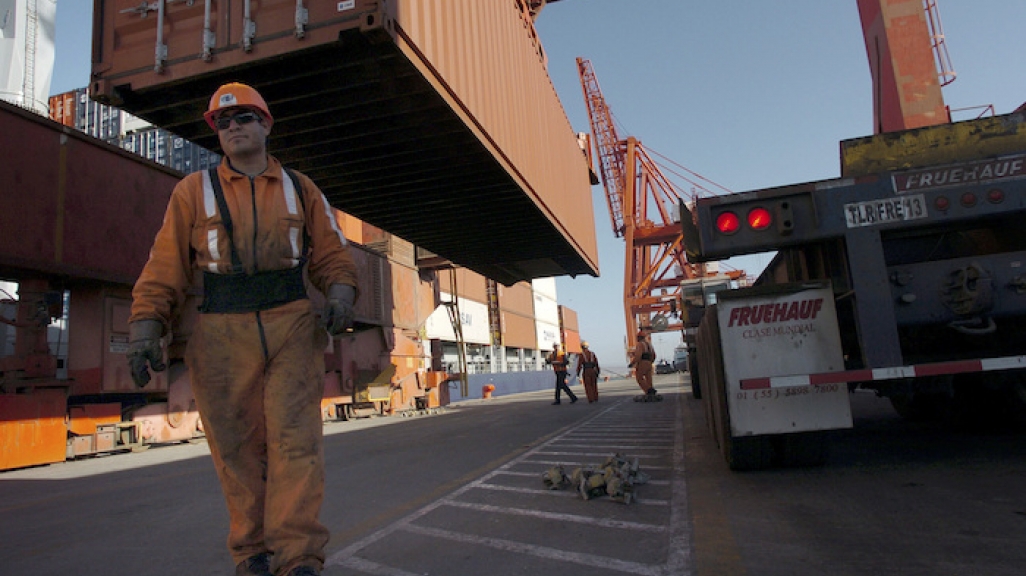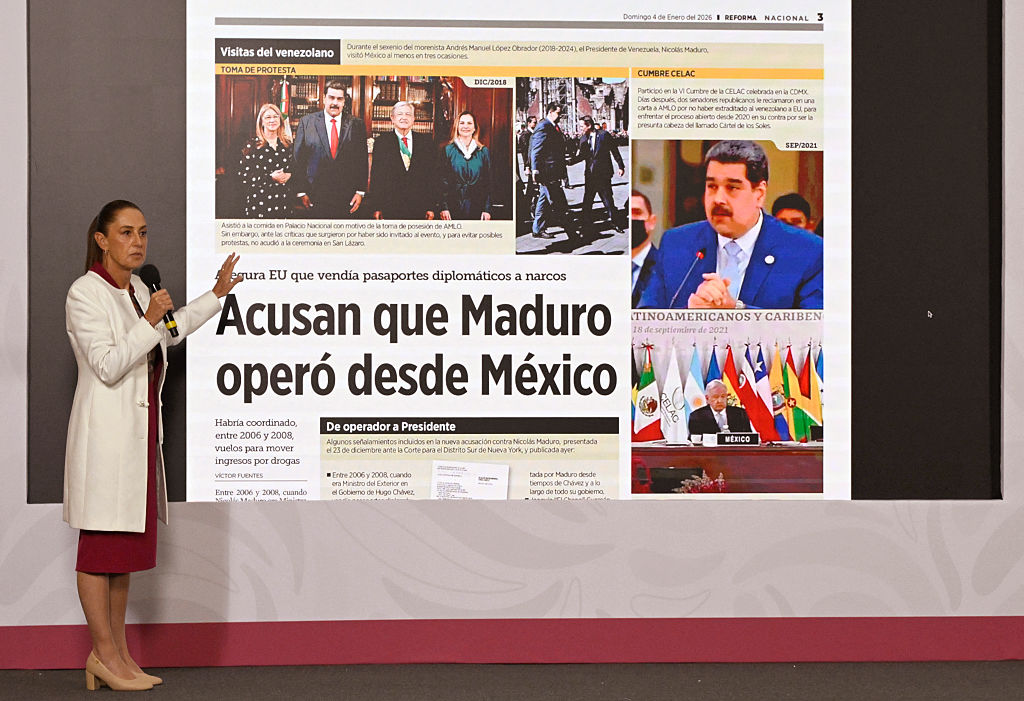USMCA's Challenges in the Age of COVID-19
USMCA's Challenges in the Age of COVID-19
"The pandemic has decimated the regional and global economy at the very moment that USMCA is promising to spur economic growth," writes AS Board Member Antonio Garza for BRINK.
This past Wednesday, the U.S.-Mexico-Canada Agreement (USMCA) finally entered into force. The agreement replaces the North American Free Trade Agreement (NAFTA) as the region’s guiding trade framework, governing the movement of hundreds of billions of dollars in goods and services. Yet, the agreement has arrived at a challenging moment, with public health, economic and political upheaval reshaping North America and its future. While the agreement will provide order for regional trade, its immediate effects will pale in comparison to the other structural forces currently at play.
In large part, the new agreement looks a lot like its predecessor. However, the USMCA contains some significant new rules and frameworks. In particular, the North American automotive industry will now have to prove higher regional content for its vehicles (66%, compared to 62.5%), Canada will open its dairy market and there are guidelines for newer sectors, such as e-commerce and digital trade.
The agreement also includes a labor chapter, requiring that 40% to 45% of the work for any vehicle comes from employees making at least $16 an hour.
While the USMCA aims to boost North America’s interlocked economies, other forces are reshaping the region. The COVID-19 pandemic is the largest disrupting force, with the region’s three countries continuing to battle outbreaks and significant community spread. Across the United States and Mexico, new case numbers are quickly ticking upward, and there are few signs that the spread will be under control soon.
The pandemic has decimated the regional and global economy at the very moment that USMCA is promising to spur economic growth...









